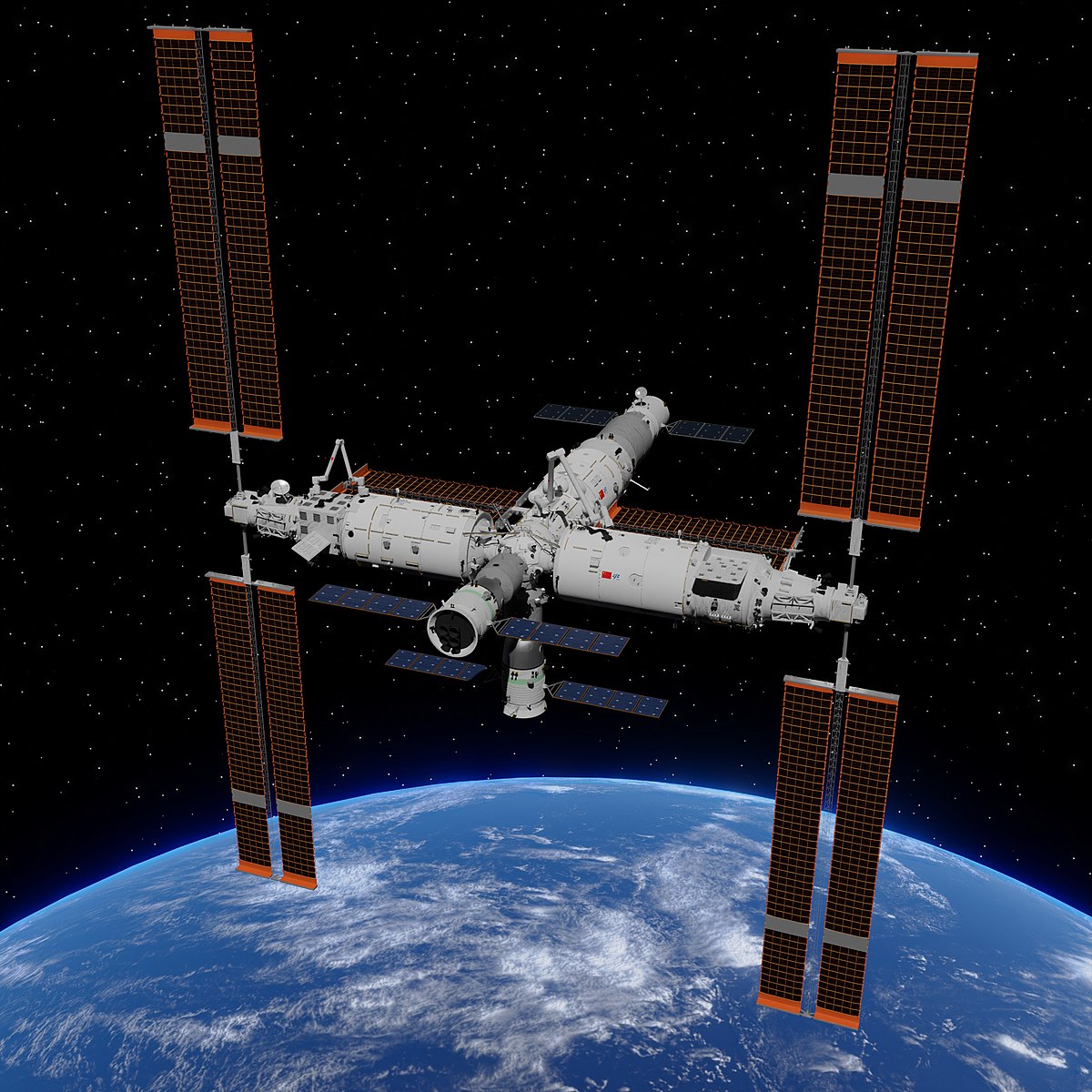
Tiangong Space Station
ChinaTiangong, also known as the "Sky Palace," is a Chinese-constructed and operated space station in low Earth orbit at an altitude of between 210 and 280 miles above the surface. It is China's first long-term space station, part of the Tiangong program, and the core of the "Third Step" of China's Manned Space Program. Its pressurized volume is around one third the size of the International Space Station. The construction of the station is based on the experience gained from its precursors Tiangong-1 and Tiangong-2. The first module, called Tianhe or "Harmony of the Heavens," was launched on April 29, 2021, and was followed by multiple manned and unmanned missions, as well as two additional laboratory cabin modules, Wentian and Mengtian, launched on July 24, 2022 and October 31, 2022 respectively. The main goal of the research conducted on the station is to improve scientists' ability to conduct experiments in space.
